The clothes we wear often say more about us than words can convey. They communicate our identity, style, and often, our profession.
In certain occupations, clothing is more than just a representation – it’s a necessity for safety, identification, and functionality. This is where workwear comes into the picture.
Table of Contents
Historical Background
Workwear has been around since ancient times. The Romans had uniforms for their soldiers, and artisans would often wear specific attire to denote their trade.
As industrialization swept through the 19th century, the need for standardized and functional clothing in various professions became even more pronounced.
Miners needed robust boots and helmets, railway workers required high-visibility vests, and factory workers sought aprons and overalls to protect their clothes.

When did Workwear become popular?
Workwear became popular in the late 19th and early 20th centuries as industrialization led to more factory jobs and a need for durable, functional clothing for manual labor.
Here are some key points about the history and rise of workwear:
- Late 1800s – Levi’s riveted denim overalls for miners, ranchers, etc.
- Early 1900s – Carhartt, Dickies make clothes for factory workers and laborers.
- World Wars I and II – Surge in demand for durable, affordable workwear. Military wear influences styles.
- 1970s-80s – Youth subcultures like punks adopt utility/military looks. Japanese streetwear popularizes workwear.
- Today – Classic workwear brands like Carhartt remain popular. Workwear style is widespread for rugged, functional aesthetic.
Importance of Workwear
Workwear serves several critical functions:
Protection
First and foremost, workwear is designed to keep workers safe. From steel-toed boots to flame-resistant fabrics, specialized garments help mitigate the risks of hazardous jobs.
High-visibility clothing ensures workers can be seen, while reinforced materials guard against cuts, scrapes, and other injuries.
Durability
Workwear is built to last, with heavy-duty fabrics and construction that can hold up to daily wear and tear.
This longevity is not only practical but also cost-effective, as workers don’t need to constantly replace their clothing.

Identification
Uniforms and branded workwear help identify employees and their roles. In customer-facing jobs, a professional appearance is key. Even in industries like construction, a cohesive look fosters a sense of unity and team spirit.
Comfort
While early workwear prioritized function over form, modern garments are designed with comfort in mind.
Breathable fabrics, stretchy materials, and ergonomic fits allow for ease of movement and reduced fatigue during long shifts.
Modern Trends in Workwear
In recent years, workwear has transcended its utilitarian roots to become a fashion statement in its own right. The rise of “workwear chic” has seen brands like Carhartt and Dickies gain popularity among style-conscious consumers who appreciate the authentic, rugged aesthetic.
Some key trends in modern workwear include:
- Slimmer, more tailored fits
- Incorporation of stretch fabrics for increased comfort and mobility
- Expanded color palettes beyond traditional neutrals
- Crossover pieces that transition seamlessly from work to leisure
- Sustainable and eco-friendly materials
- Customization and personalization options
- Integration of tech features like moisture-wicking and UV protection
At the same time, advances in fabric technology and design have made workwear more functional than ever.
Innovations like 3M Scotchlite reflective material, Cordura reinforcements, and Kevlar threading have raised the bar for durability and safety.

The Future of Workwear
As the nature of work continues to evolve, so too will the clothing we wear on the job. The rise of remote work and more casual office environments has already blurred the lines between workwear and everyday apparel. Moving forward, we can expect to see an even greater emphasis on versatility and adaptability.
Sustainability will also be a driving force in the future of workwear. As consumers become more environmentally conscious, demand for eco-friendly materials and ethical production practices will grow. Brands that prioritize sustainability will have a competitive edge.
Technology will play an increasingly important role as well. From smart fabrics that regulate temperature to garments with built-in sensors and wearable devices, the workwear of tomorrow may offer unprecedented functionality and connectivity.
At the same time, the fashion-forward influence on workwear shows no signs of slowing down. As younger generations enter the workforce, they bring with them a desire for self-expression and individuality.
Workwear brands will need to continue to innovate and offer fresh, stylish options to capture this market.
Workwear for Different Industries
While the core principles of protection, durability, and comfort are universal, the specific needs of different industries vary widely.
Here’s a look at some key sectors and their unique workwear requirements:
Construction
Construction workers need clothing that can stand up to tough conditions and provide ample protection. Key pieces include:
- Hard hats
- Steel-toed boots
- High-visibility vests or shirts
- Durable pants (often made from ripstop fabric or featuring reinforced knees)
- Work gloves
- Safety glasses
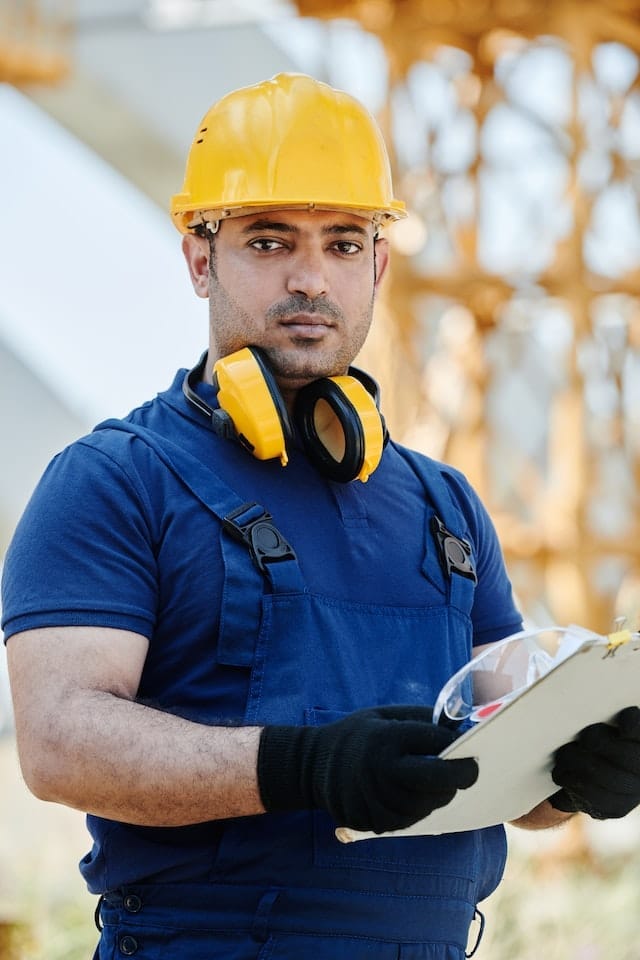
Healthcare
In healthcare settings, workwear must prioritize hygiene and ease of movement.
Common items include:
- Scrubs
- Lab coats
- Comfortable, slip-resistant shoes
- Disposable gloves, gowns, and masks

Food Service
Restaurant and food service workers need clothing that is both functional and professional-looking.
Typical workwear includes:
- Chef’s coats and pants
- Aprons
- Non-slip shoes
- Hats or hair nets

Manufacturing
Manufacturing employees require durable, protective gear to keep them safe around machinery and equipment.
Essential items may include:
- Coveralls or smocks
- Steel-toed boots
- Hard hats
- Safety glasses
- Ear protection
- Respirators or masks
Workwear and Personal Branding
Beyond its practical purposes, workwear can also be a powerful tool for personal branding. In industries where employees have some choice in what they wear, clothing can be used to express individual style and personality.
For example, a creative professional might opt for bold colors and patterns to showcase their artistic flair, while a financial advisor may stick to classic, tailored pieces to convey trustworthiness and reliability.
By carefully curating their workwear, individuals can control the way they are perceived by colleagues, clients, and customers.
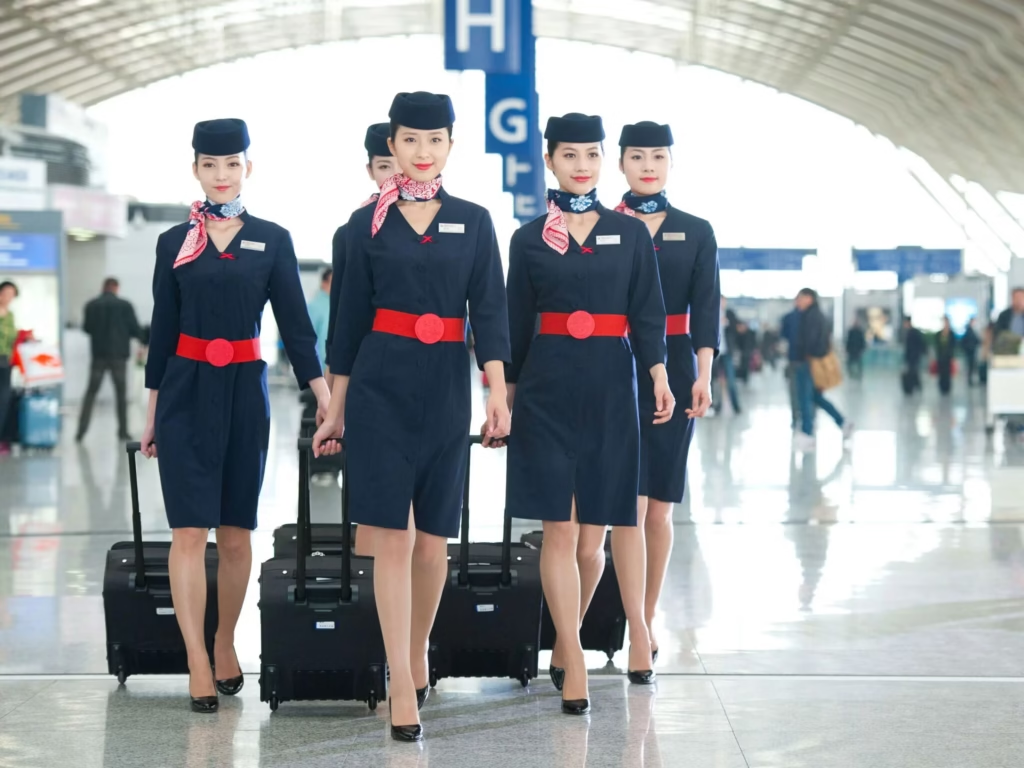
Workwear can also be used to communicate company values and culture. A startup with a laid-back, innovative vibe might encourage employees to dress casually, while a more traditional corporation may have a stricter dress code.
Branded workwear, such as shirts with company logos, can help create a sense of unity and team spirit.
Workwear and Inclusivity
As conversations around diversity and inclusion become increasingly important in the workplace, workwear has a role to play in creating a welcoming environment for all employees.

One key consideration is sizing and fit. Historically, workwear has often been designed with a “one-size-fits-all” mentality, which can leave out those with non-standard body types.
Brands that offer a wide range of sizes and fits, including petite, tall, and plus-size options, can help ensure that all workers feel comfortable and included.
Another important factor is cultural and religious considerations. Some employees may have specific clothing requirements based on their beliefs or traditions, such as head coverings or modest attire.
Workwear policies should be flexible enough to accommodate these needs while still maintaining any necessary safety or professional standards.
FAQs
What is the difference between workwear and regular clothing?
Workwear is specifically designed for the demands of a particular job or industry. It prioritizes function, durability, and safety over fashion or style. Regular clothing, on the other hand, is more focused on personal expression and everyday wear.
How often should I replace my workwear?
The lifespan of your workwear will depend on factors like the nature of your job, how often you wear the items, and how well you care for them. As a general rule, replace workwear when it shows signs of excessive wear and tear, no longer fits properly, or has lost its protective qualities.
Can I wear my workwear outside of work?
In most cases, yes! Many people enjoy the rugged, utilitarian look of workwear for casual everyday wear. Just be sure to follow any specific guidelines or restrictions set by your employer regarding the use of company-provided or branded gear.
How should I care for my workwear to make it last longer?
Always follow the care instructions on the garment label. In general, washing workwear separately from other clothing, using cold water, and hanging or laying flat to dry can help extend its lifespan. Avoid bleach and harsh chemicals, which can break down fibers over time.
What should I look for when buying workwear?
Consider the specific needs of your job and look for workwear that offers the appropriate level of protection, durability, and comfort. Pay attention to factors like fabric quality, construction, and fit. Look for reputable brands with a track record of producing high-quality, long-lasting gear.
Conclusion
Workwear has come a long way from its purely utilitarian roots. Today, it serves not only to protect and identify workers but also to provide comfort, style, and a sense of personal expression.
As the world of work continues to change, the evolution of workwear will undoubtedly keep pace, driven by advances in technology, sustainability, and fashion.
No matter your industry or role, investing in high-quality, functional workwear is an investment in your own safety, comfort, and professional image.
By staying informed about the latest trends and innovations, you can ensure that you’re always dressed for success on the job.
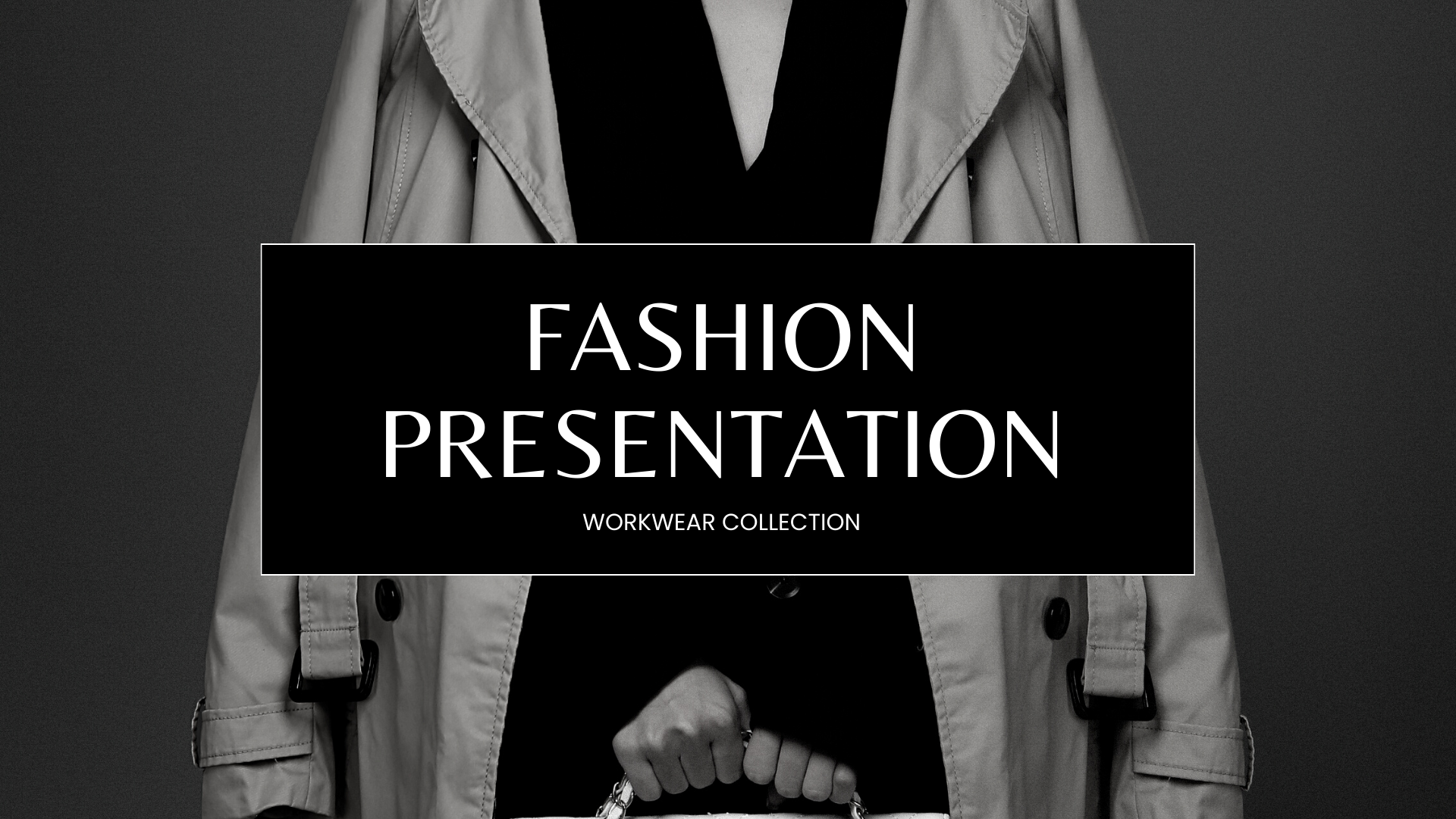
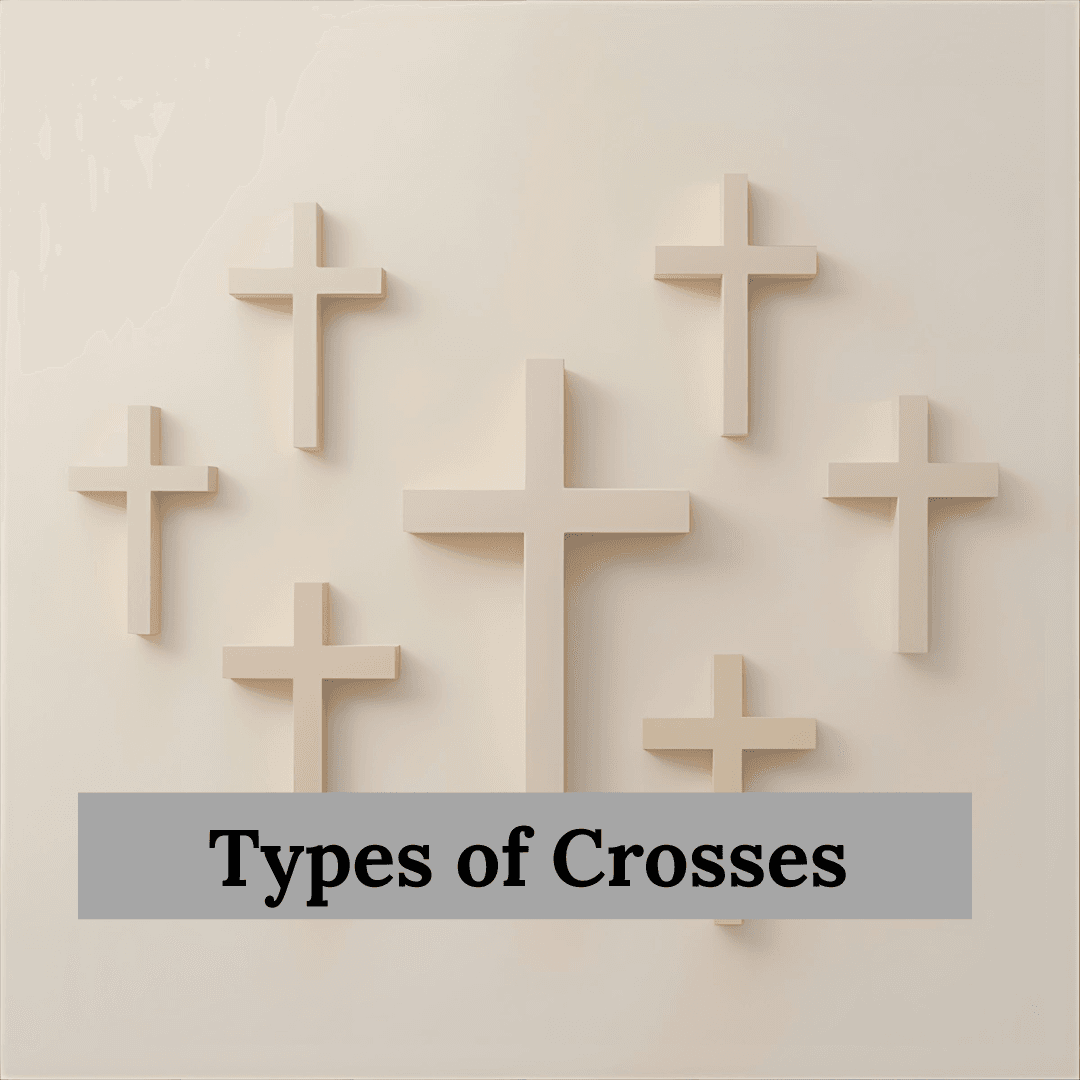

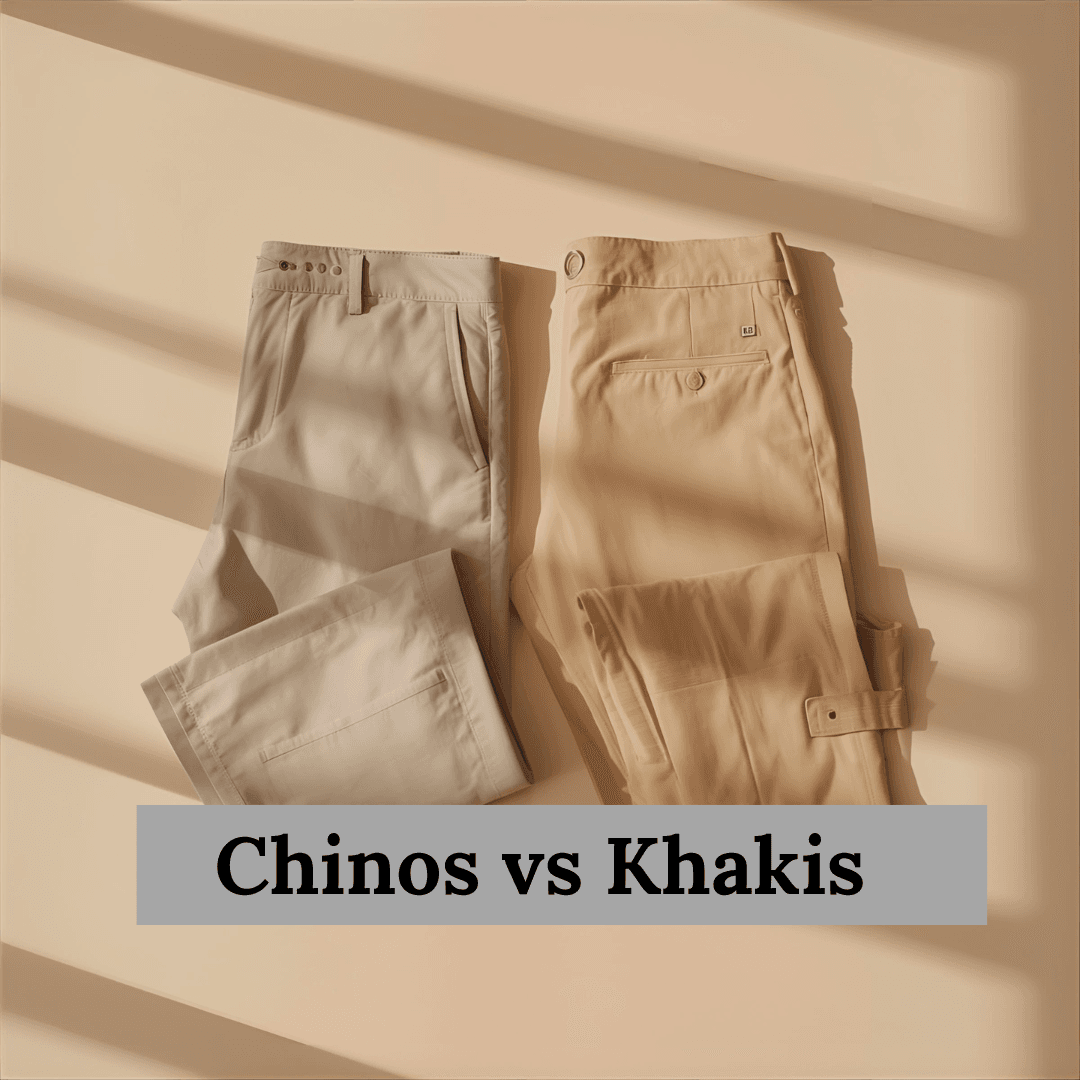
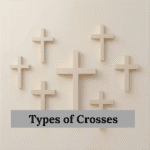



Leave a Reply